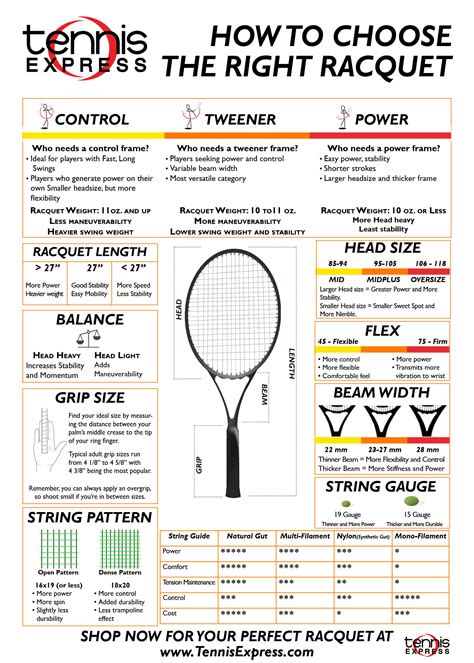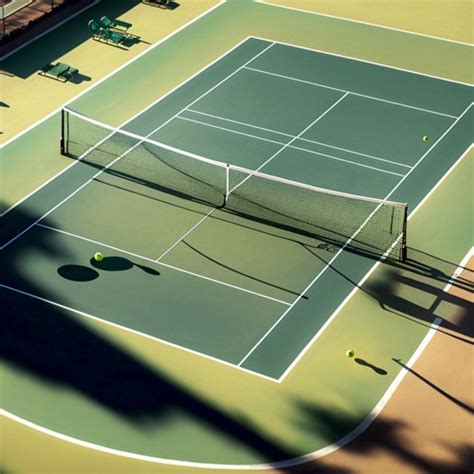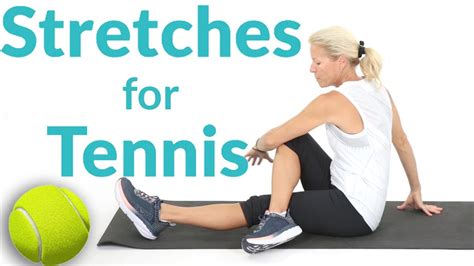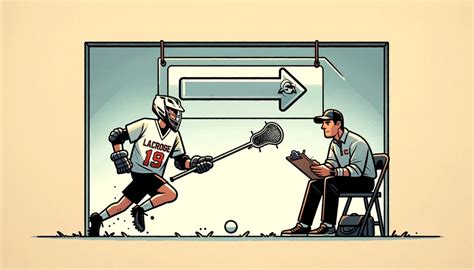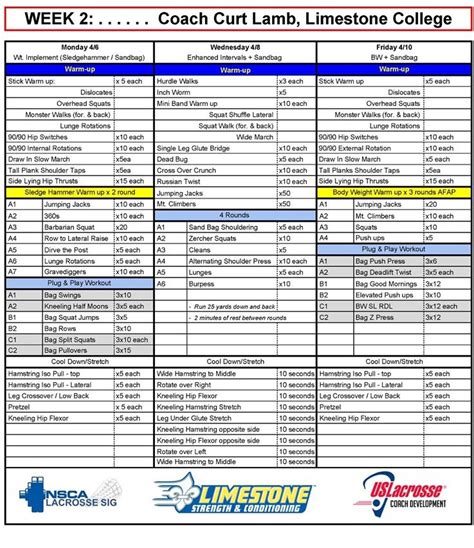Explore essential techniques and tips for mastering your backhand stroke, including grip, drills, common mistakes, and how to measure your improvement.Tennis enthusiasts at every level understand the importance of mastering the backhand stroke—a skill that can dramatically elevate your game. Whether you’re a beginner keen to develop foundational techniques or an experienced player seeking to refine your skills, perfecting your backhand can make all the difference between winning and losing. In this comprehensive guide, we’ll walk you through everything you need to know, from understanding the basics of the backhand stroke to developing an optimal grip for enhanced control. We’ll also share essential drills, common pitfalls to watch for, and effective ways to measure your progress. With these strategies at your fingertips, you’ll be well-equipped to take your backhand stroke from mediocre to exceptional. Unlock your full potential on the court and leave your opponents in awe!
Understanding The Basics Of The Backhand Stroke
The backhand stroke is a fundamental skill in tennis and mastering it can significantly enhance your game. Understanding the key components of a successful backhand will provide you with the foundation needed to execute this stroke effectively.
Here are the essential elements to consider when learning how to master the backhand stroke:
| Component | Description |
|---|---|
| Stance | Ensure you position your feet shoulder-width apart, with your knees slightly bent to maintain balance and readiness. |
| Preparation | Turn your shoulders to face the net and bring the racket back, allowing your non-dominant hand to point towards the ball’s direction. |
| Contact Point | Make contact with the ball at waist height, ideally in front of your body for maximum control and momentum. |
| Follow-Through | After striking the ball, allow the racket to continue its motion across your body, which adds power and direction to your shot. |
By focusing on these components, you will enhance your understanding of how to perform a backhand stroke effectively. Remember that practice is key, and incorporating various drills will help solidify these basics and improve your overall performance on the court.
How To Grip The Racket For Optimal Control
To truly master your backhand stroke, it is crucial to understand how to grip the racket correctly. Your grip can significantly influence your control, power, and overall execution of the stroke. Here are some key points to consider when choosing your grip:
- Continental Grip: This grip is versatile and ideal for all types of shots, including backhands. To achieve this grip, place the base knuckle of your index finger on the second bevel of the racket handle. This grip allows for better slicing and volleying.
- Eastern Grip: By placing the base knuckle on the third bevel, the Eastern grip provides more topspin and power. It is effective for players who prefer a flatter trajectory with their backhand.
- Western Grip: This grip can enhance spin but is often less favorable for control. Position the base knuckle on the fourth bevel for a more topspin-oriented shot. It’s crucial to practice this grip to ensure consistent execution.
Regardless of the grip you choose, ensure that you hold the racket firmly yet relaxed. A tight grip can lead to tension in your muscles, negatively impacting your swing and follow-through.
Also, consider the importance of your non-dominant hand during your backhand stroke. Use it to guide the racket and maintain balance throughout your swing. Practicing grip adjustments regularly can help build muscle memory, making your backhand stroke feel more natural.
Experimenting with different grips and finding the one that works best for your playing style is essential. Mastering the grip is an integral part of how to enhance your overall performance on the court.
Essential Drills To Improve Your Backhand Technique
Improving your backhand stroke is essential for any tennis player aspiring to elevate their game. Here are some how to drills that you can incorporate into your training routine:
-
Shadow Swings
Without a ball, practice the motion of your backhand stroke. Focus on your grip, stance, and follow-through. This drill helps to solidify muscle memory and strengthen the mechanics of your stroke.
-
Wall Drills
Find a wall to hit against and practice your backhand. Aim for consistency by hitting the ball back and forth with controlled strokes. Start by alternating between topspin and slice backhands.
-
Partner Feeding
With a partner, practice backhand strokes by having them feed you balls to hit. This drill allows you to work on timing and placement, and you can introduce variations such as hitting to different parts of the court.
-
Target Practice
Set up targets on the court to aim at as you execute your backhand. This will help you improve accuracy and learn how to control the direction of your shots.
-
Backhand Rally
Engage in a rally with a partner focusing solely on your backhand strokes. This not only reinforces your technique but also builds the stamina needed for match situations.
By incorporating these drills into your routine, you’ll be well on your way to mastering the backhand stroke. Remember, consistent practice is key, so make sure to dedicate time specifically to your backhand when working on your overall tennis skills.
Common Mistakes To Avoid When Practicing Backhands
Perfecting your backhand stroke involves not just practice but also avoiding common pitfalls. Here are several mistakes to be aware of when working on your backhand, ensuring that you focus on what really matters in your training:
By being aware of these common mistakes, you can effectively focus your practice on refining your backhand and enhancing your overall game. Remember, mastering your backhand is not just about learning how to perform it correctly but also about recognizing what to avoid in order to excel on the court.
Measuring Progress: How To Evaluate Your Backhand Skills
To truly master your backhand stroke, it’s essential to continuously evaluate your progress. Here are some effective methods to assess your backhand skills:
- Video Analysis: Record yourself performing backhand strokes during practice sessions. Review the footage to analyze your form, footwork, and swing mechanics. Comparing your current videos to older ones can provide clear visual evidence of improvement.
- Partner Feedback: Work with a practice partner or coach who can give you constructive feedback. They can help you identify areas that need improvement and commend your progress.
- Statistics Tracking: Keep a record of your performance in drills or matches. Track the percentage of successful backhands, errors made, and points won with your backhand shot. This data will provide quantitative measures of your progress.
- Set Goals: Establish specific, measurable objectives for your backhand practice, such as improving your shot placement or reducing unforced errors. Regularly revisit these goals to gauge whether you are achieving them.
- Consistency Over Time: Aim to perform your backhand stroke with consistent accuracy and power over multiple sessions. A sudden improvement followed by a decline may indicate a lack of mastery, while steady enhancement confirms growth.
- Match Performance: Evaluate your backhand during actual matches. Consider how effectively you can use it under pressure compared to practice conditions. Observing your performance in real gameplay is crucial for understanding its practical application and effectiveness.
By implementing these methods, you can effectively measure your progress and continue to enhance your backhand stroke. Remember, improvement takes time and dedication, so stay patient and persistent in your practice.
Frequently Asked Questions
What is the backhand stroke in tennis?
The backhand stroke in tennis is a shot made by hitting the ball with the racket across one’s body, using either one hand or two hands.
Why is mastering the backhand stroke important?
Mastering the backhand stroke is important because it allows players to effectively return shots from their opponent, maintain rallies, and create offensive opportunities during a match.
What are the common types of backhand strokes?
The common types of backhand strokes are the one-handed backhand and the two-handed backhand, each offering different benefits in terms of power, control, and spin.
How can beginners improve their backhand stroke?
Beginners can improve their backhand stroke by practicing proper grip, footwork, and follow-through, as well as focusing on consistent ball contact and timing.
What drills can help in mastering the backhand stroke?
Drills that can help include wall practice, partner drills for consistency, and shadow swings to perfect the motion without hitting a ball.
How important is footwork in executing a backhand stroke?
Footwork is crucial in executing a backhand stroke as it helps position the body correctly for a strong hit, ensuring balance and accuracy.
Are there any common mistakes to avoid with the backhand stroke?
Common mistakes to avoid include failing to align the body properly, rounding the swing, and not following through adequately, all of which can lead to weaker shots.


